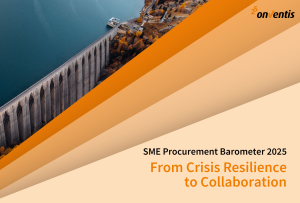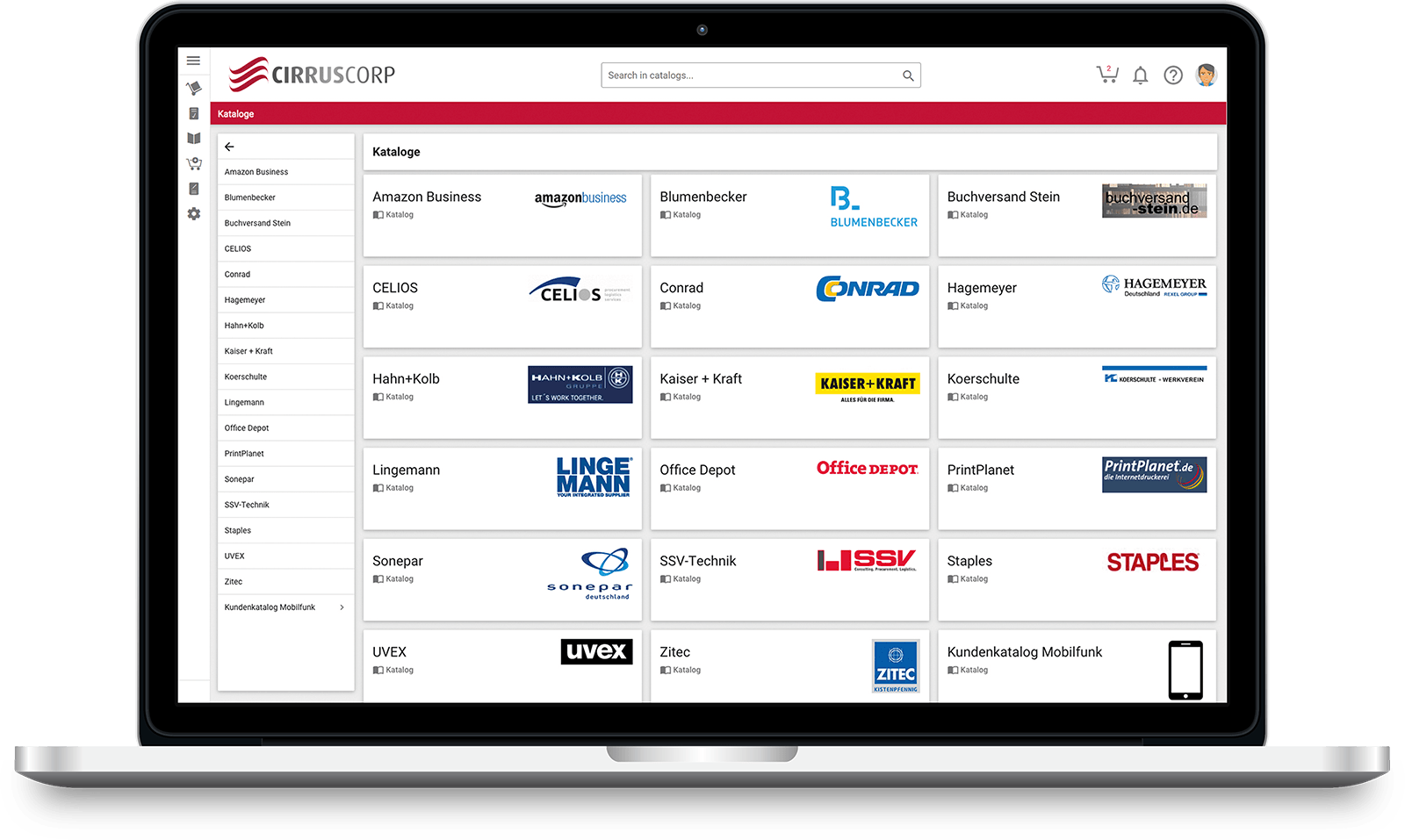Spend analysis in different categories and sectors

Spend analysis in different types of categories and sectors
Definitions of direct and indirect material
Procurement categories are usually divided into direct material (DM) and indirect material/indirect material and services (IM/IMS). The terminology, like many other things in procurement, stems from the manufacturing industry. Direct material means anything that is purchased to be a part of the end products that are produced and indirect material all other purchases that are not part of the end product. That terminology and classification of direct and indirect material has remained within procurement is widely used outside manufacturing organisations even though what is indirect material for one industry may be direct material for another. Going forward when we talk about indirect and direct material, we will use it in the context of being a manufacturing company.
Differences in spend analysis between direct and indirect material categories
Spend analysis for direct material and indirect material & services are similar in some regards, they are both structured around finding, enriching and classifying company expenses. There are however substantial differences that are worth highlighting. In short, spend analysis for indirect material tends to be way more complex due to lower data quality and substantially more suppliers. See the table below for an overview.
| Direct material | Indirect material and Services – Capex | Indirect material and Services – Opex | |
| Leveraging separate forecasts to estimate future demand | ✅ | ✅ | ❌ |
| Low number of suppliers | ✅ | ✅ | ❌ |
| Slow inflow of new suppliers | ✅ | ✅ | ❌ |
| Detailed product data available (BOM, technical drawings etc) | ✅ | ✅ | ❌ |
| Pre-categorisation available down to single products | ✅ | ❌ | ❌ |
| Using internal non-purchasing data to enrich analysis (e.g. quality, delivery performance etc) | ✅ | ❌ | ❌ |
| All data from one ERP/system | ❌ | ❌ | ❌ |
| Requires complex and multilayered categorisation rules engine | ❌ | ❌ | ✅ |
| Need details of used categorisation rules for all spend | ❌ | ❌ | ✅ |
Given the nature of spend analysis in direct material with a limited number of suppliers (relative to indirect material), a slow inflow of new suppliers, high data quality and high need to integrate with other internal data (such as production forecasts, material price development etc); it is easy to understand why Business Intelligence (BI) systems such as Qlik, Power BI and Tableau are popular in direct material focused organisations. If the rest of the business already has a BI system, most of the data will be available to cross reference with the spend. Also the cost for the system will be relatively low since the marginal cost for adding a few more BI-users is relatively cheap and the categorisation is built on an already existing table where each product is already mapped to a specific category tree.
Conversely, an indirect material spend analysis needs to incorporate a high number of suppliers, a high inflow of new suppliers, limited data quality and has a low need to integrate with other internal systems. Also there is no pre-existing categorisation down to single item numbers, instead organisations are forced to rely on building categorisation on limited the existing low resolution data. This means they are facing a difficult decision, either keep categorisation rules simple and gets a result that adds low value or they build complex categorisation rules that requires more time and energy but they can extract more value from the spend analysis.
Traditionally most organisations categorised one supplier in one category and were fine with the blunt result it yielded. Now however, procurement leaders requires more detailed data, especially for big and strategic suppliers. So there is a move towards more and increasingly complex categorisation rules.That in combination with a large amount of suppliers and a big inflow of new suppliers means that the successfactors for a spend analysis system for indirect material is very different from one that is suffice for direct material.
To simplify, a direct material spend analysis is usually built on rules like:
- If item is pre categorised as Category X then show in Category X
- If product/material group is A show in category W
- If item numbers B-K show in Category X.
In indirect material the rules are usually more along the lines:
- For supplier A categorise all transactions in Category X
- except for when account number is B and Cost center C then categorise as Category Y
- also except when account number is C and business unit is not D then show in Category Z.
So to gain more insights the categorisation becomes increasingly more granular and complex. A system that can do this for a large number of suppliers and still maintain transparency needs to be purpose built for indirect material. A BI-system will never be a good solution, the system will either be way to simple (categorisation per supplier only) or complex and expensive (requires extensive adaptation to add the flexibility needed).
As so often otherwise in procurement the working hypothesis seems to be: “direct material is bigger and more strategic than indirect material so if it works for DM, it should also work for indirect material”. However, given the differences between the two types of spend analysis it is definitely worth reviewing the assumption that direct material should dictate the scope of a spend analysis solution. In fact many organisations would be better off to reverse their thinking when it comes to spend analysis: “If this system is great for indirect material with all their suppliers and complex categorisation rules is will surely suffice for our direct material needs”.
We are seeing an increasing number of leading purchasing organisations considering running two parallel spend analysis solutions, one optimised for direct material and one for indirect material. Most often they have a BI-system in place that will suffice for direct material spend analysis but have realised its limitations for indirect material. Our advice for anyone facing such a conundrum is to do a simple cost benefit analysis on a separate indirect material spend analysis system. It comes down to: do we get more value from the extra insights it brings than the extra costs it adds?
Differences of spend analysis in the private and public sector
There are no meaningful differences between conducting a spend analysis in the private and public sector. The process is the same and the available spend analysis systems are the same.
There are however some general differences in how the perceived benefits of spend analysis is viewed. In the private sector, focus tends to be on identifying improvement potential and enabling category management and in the public sector the focus tends to be more on ensuring compliance.
These differences in what the purpose of the spend analysis between the typical private and public sector organisation explains why the public sector, with focus on ensuring compliance and less focus on value creation, is way more inclined to adopt UNSPSC (United Nations Standard Products and Services Codes) as a category structure. Only very rarely do we see UNSPSC in the private sector and if you do, only as a sub-component of an otherwise customised category tree. That is not a coincidence.
UNSPSC is a structure based on the service or product being classified so that similar services are kept together in the taxonomy. That may be sufficient when reviewing compliance, but the structure is not ideal when aiming for value creation. As detailed in a previous post (see Enabling economy of skill and scale through category management in purchasing in our precious post) a prerequisite for category management in purchasing is to have a supplier market based category structure. That disqualifies UNSPSC which is product based. There are other reasons too why UNSPSC is not a good category structure for value creation for procurement, we may dig more into it in a future post.
Going forward the differences between the groups “private sector” and “public sector” are bound to dissipate. In fact if you further segmented the two groups according to purchasing maturity, the differences in focus between the leading private and leading public organisations all but goes away. The leading private organisations focuses plenty on ensuring compliance whilst the leading public organisations also have a laser focus on delivering maximum value on existing resources using category management.
So there are major differences in perceived value of a spend analysis system between the average private and public organisation. But hopefully the differences will diminish over time as procurement as a profession matures, both in the private and public sector.
Weitere BlogsMore BlogsMeer blogs





